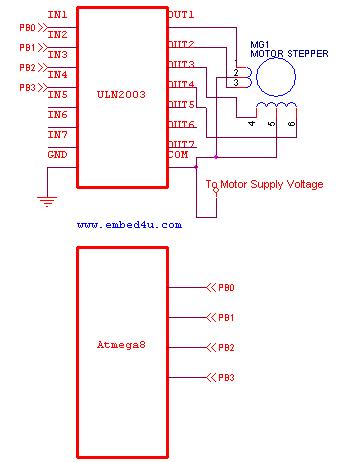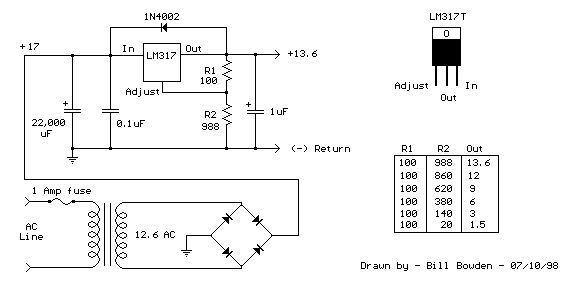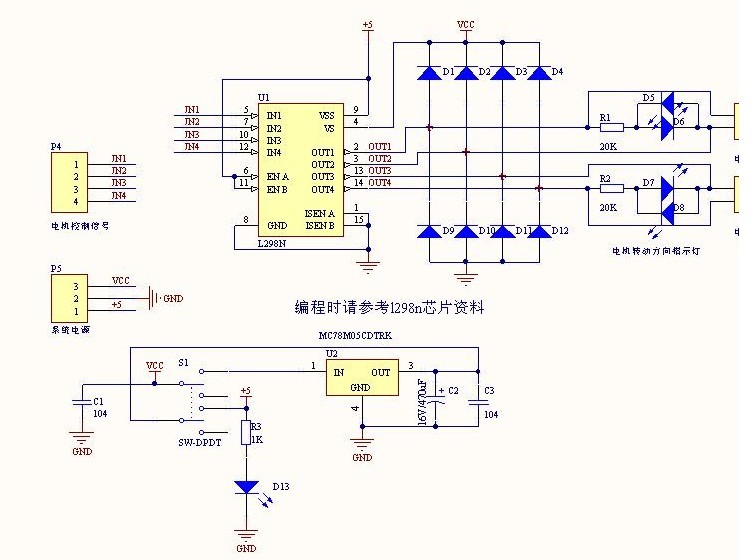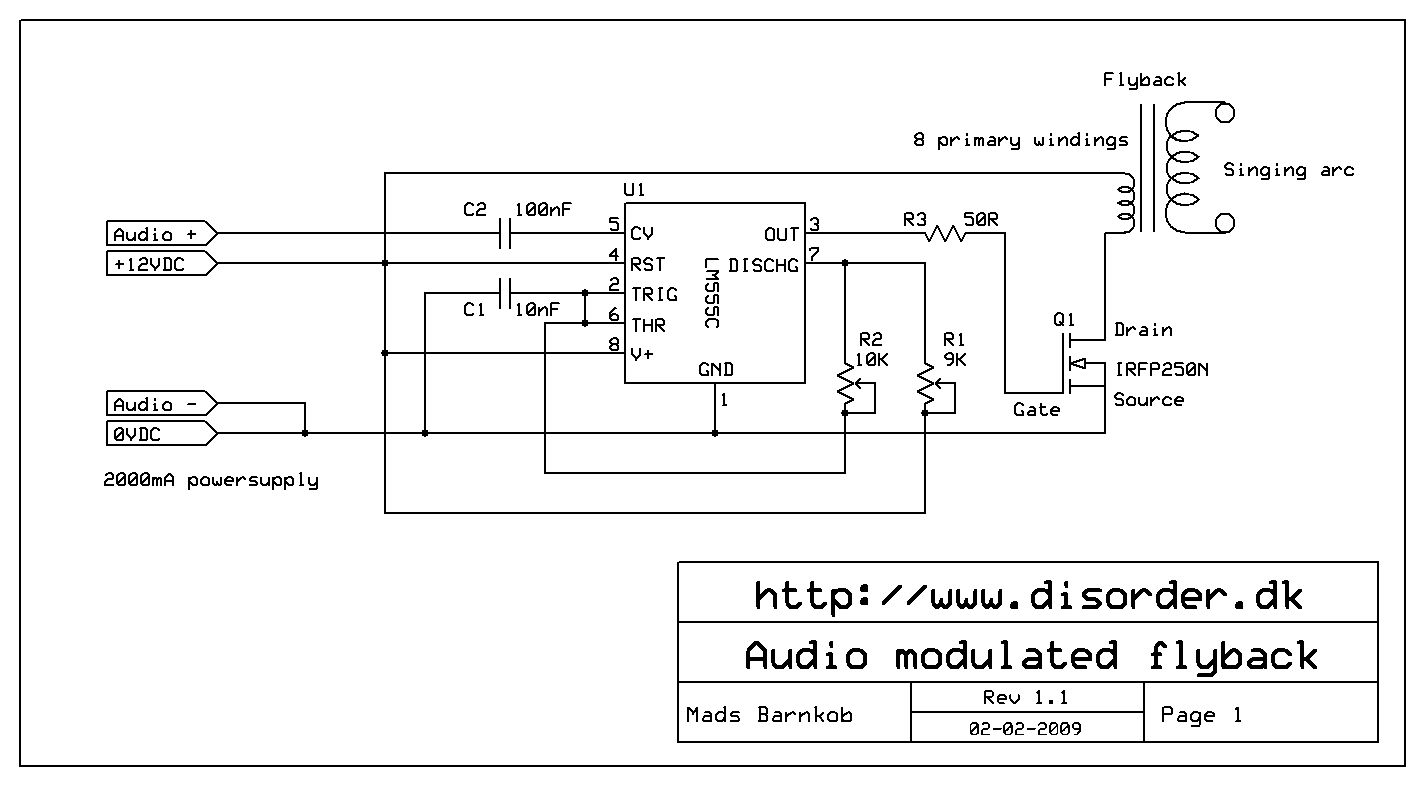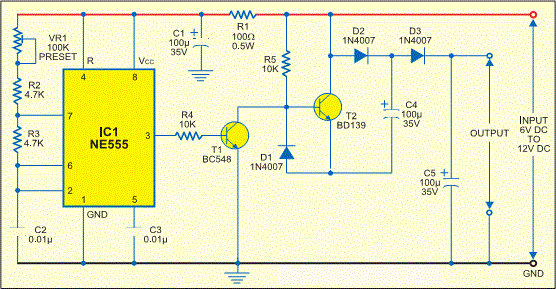
variable voltage controller
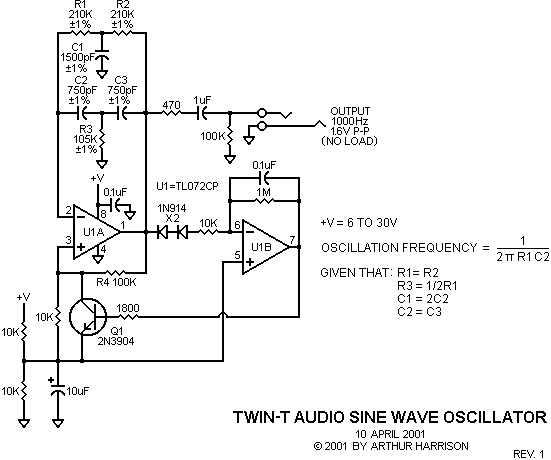
The 555 oscillator operates with a +12V supply and ground, without the need for a -12V supply.
The 555 timer IC is a versatile component commonly used in various oscillator and timer applications. In this configuration, the circuit is powered by a +12V supply connected to the VCC pin (pin 8) of the 555 timer, while the ground (0V) is connected to the GND pin (pin 1). The absence of a negative voltage supply simplifies the design and reduces complexity, making it suitable for a wide range of applications.
In a standard astable configuration, the 555 timer can produce a continuous square wave output. Resistors R1 and R2, along with capacitor C1, determine the frequency and duty cycle of the output waveform. The output is available at pin 3, which can drive loads directly or be interfaced with additional circuitry.
The frequency of oscillation can be calculated using the formula:
\[ f = \frac{1.44}{(R1 + 2R2) \cdot C1} \]
where:
- \( f \) is the frequency in Hertz,
- \( R1 \) and \( R2 \) are the resistances in ohms,
- \( C1 \) is the capacitance in farads.
The duty cycle, which represents the proportion of time the output is high versus low, can be expressed as:
\[ Duty \ Cycle \ (\%) = \frac{R2}{R1 + 2R2} \times 100 \]
This configuration allows for a wide range of frequency and duty cycle adjustments by varying the values of R1, R2, and C1. The output signal can be used for driving LEDs, triggering other devices, or generating clock pulses for digital circuits.
Overall, the design of a 555 oscillator powered by a +12V supply is straightforward and effective for generating reliable timing signals in various electronic applications.Ohh ok cool, I have forgotten about the -12 supply because my 555 Oscillator doesn?t use a -12 supply, it only uses a +12 and a Ground. You see on my.. 🔗 External reference
The 555 timer IC is a versatile component commonly used in various oscillator and timer applications. In this configuration, the circuit is powered by a +12V supply connected to the VCC pin (pin 8) of the 555 timer, while the ground (0V) is connected to the GND pin (pin 1). The absence of a negative voltage supply simplifies the design and reduces complexity, making it suitable for a wide range of applications.
In a standard astable configuration, the 555 timer can produce a continuous square wave output. Resistors R1 and R2, along with capacitor C1, determine the frequency and duty cycle of the output waveform. The output is available at pin 3, which can drive loads directly or be interfaced with additional circuitry.
The frequency of oscillation can be calculated using the formula:
\[ f = \frac{1.44}{(R1 + 2R2) \cdot C1} \]
where:
- \( f \) is the frequency in Hertz,
- \( R1 \) and \( R2 \) are the resistances in ohms,
- \( C1 \) is the capacitance in farads.
The duty cycle, which represents the proportion of time the output is high versus low, can be expressed as:
\[ Duty \ Cycle \ (\%) = \frac{R2}{R1 + 2R2} \times 100 \]
This configuration allows for a wide range of frequency and duty cycle adjustments by varying the values of R1, R2, and C1. The output signal can be used for driving LEDs, triggering other devices, or generating clock pulses for digital circuits.
Overall, the design of a 555 oscillator powered by a +12V supply is straightforward and effective for generating reliable timing signals in various electronic applications.Ohh ok cool, I have forgotten about the -12 supply because my 555 Oscillator doesn?t use a -12 supply, it only uses a +12 and a Ground. You see on my.. 🔗 External reference
